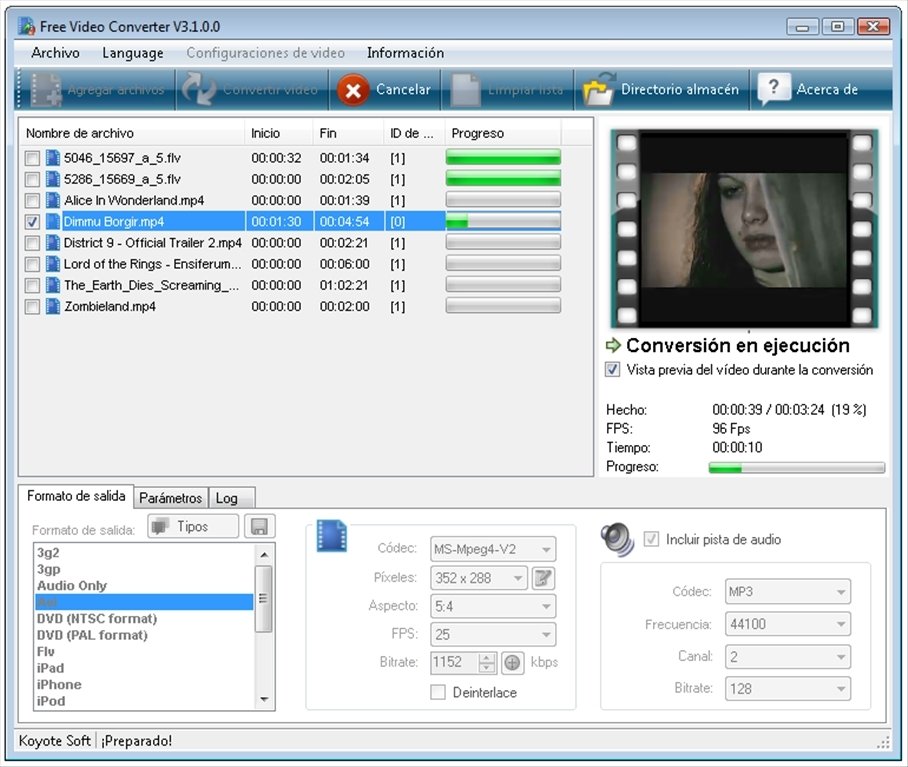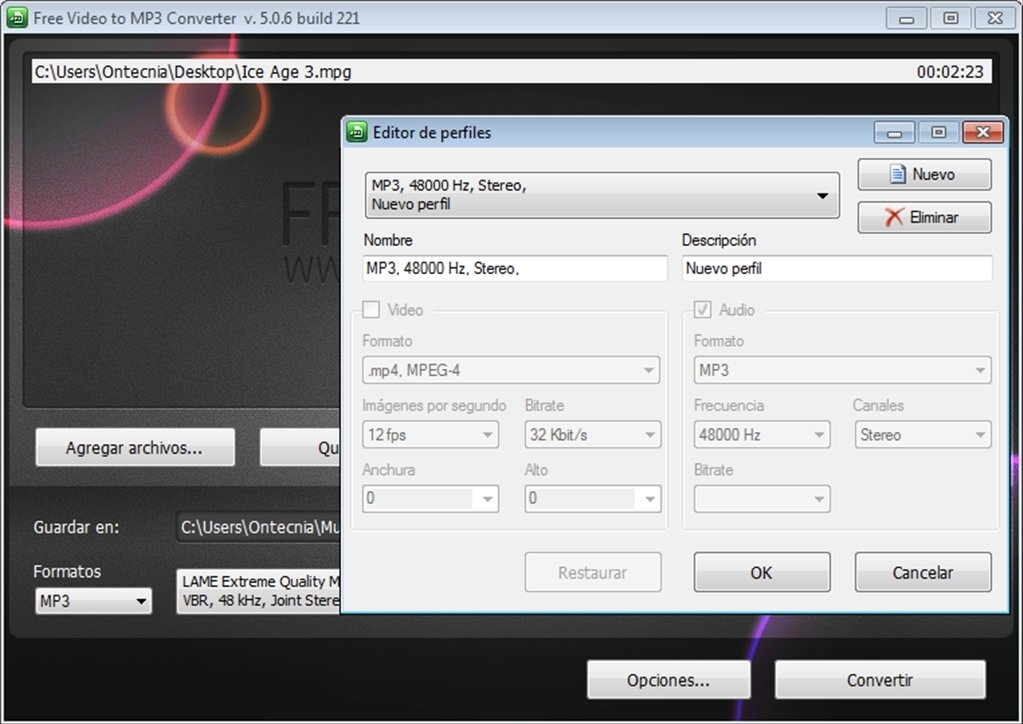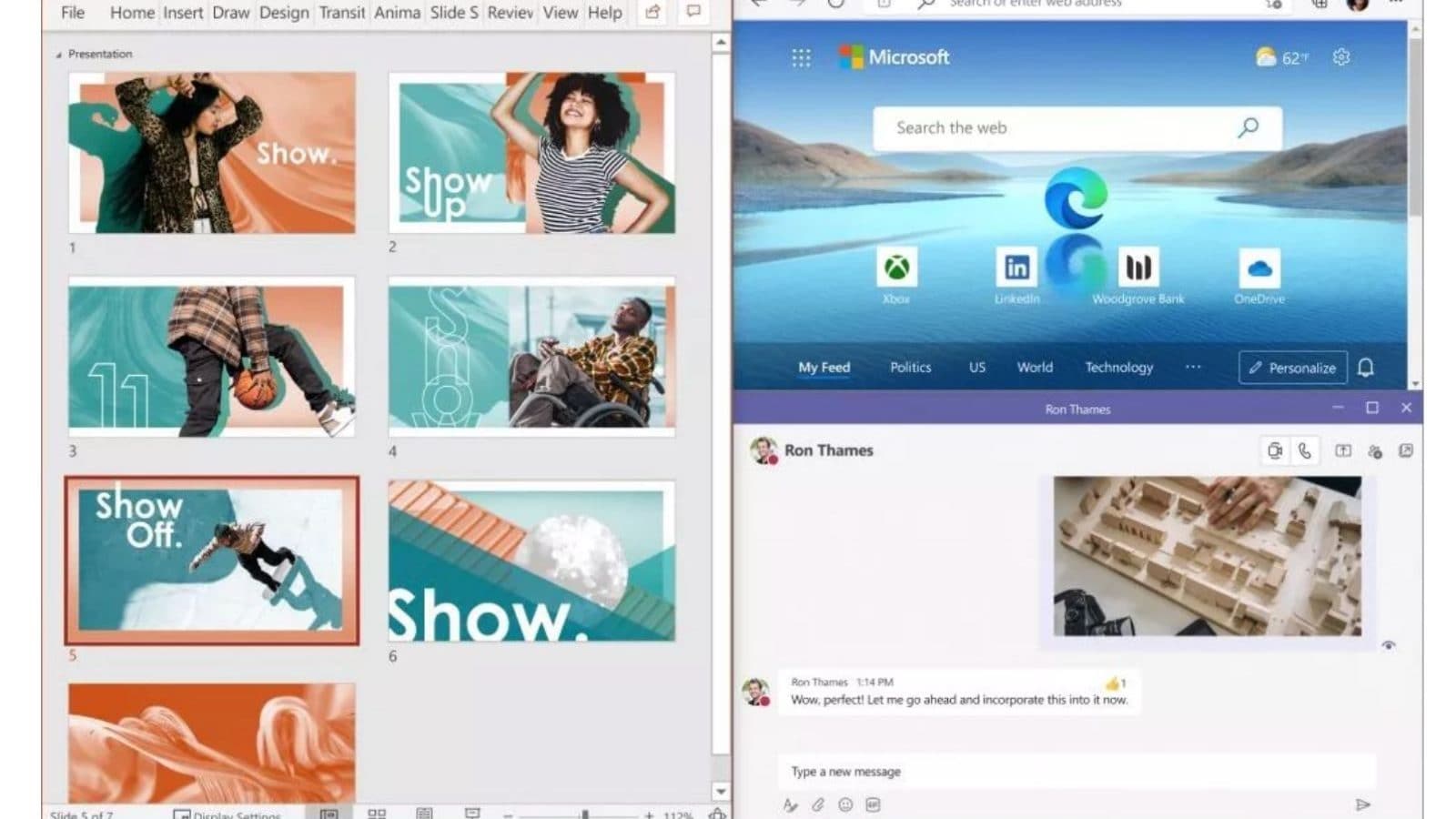
- #Snap converter for windows upgrade
- #Snap converter for windows professional
- #Snap converter for windows free

View the Properties of a Partition or Logical Drive
#Snap converter for windows free

To create a new partition, right-click unallocated space on the basic disk where you want to create the partition, and then click New Partition.In the Disk Management window, choose one to create:


#Snap converter for windows professional
Windows Server 2003 operating systems and Windows XP Professional do not support multidisk basic volumes (such as spanned, mirrored, stripe sets, or stripe sets with parity) that were created by using Windows NT 4.0 or earlier. These operating systems cannot access data that is stored on dynamic disks. Use basic disks, instead of dynamic disks, on computers that run Microsoft Windows XP Professional or a member of Windows Server 2003 that are configured to dual-boot or multi-boot with Microsoft Windows XP Home Edition, Microsoft Windows NT 4.0, Microsoft Windows Millennium Edition (Me), Microsoft Windows 98 or earlier, or Microsoft MS-DOS. Because you are not limited to four partitions on GPT disks, you do not have to create extended partitions on logical drives. On GUID partition table (GPT) disks, you can create up to 128 primary partitions. You can also use free space on an extended partition to create logical drives. On master boot record (MBR) disks, you can create up to four primary partitions on a basic disk, or up to three primary partitions and one extended partition. A basic disk is a physical disk that contains basic volumes (primary partitions, extended partitions, or logical drives). If you cancel the wizard, you may find that when you try to create a partition on the new hard disk, the Create Partition option is unavailable (appears dimmed).īasic disk storage supports partition-oriented disks.
#Snap converter for windows upgrade
The first time that you run the Disk Management snap-in after a new hard disk is installed, the Disk Signature and Upgrade Disk Wizard starts. Before a new, unpartitioned disk can be used in Windows (partitioned or upgraded to Dynamic Disk), it must contain a disk signature.


 0 kommentar(er)
0 kommentar(er)
